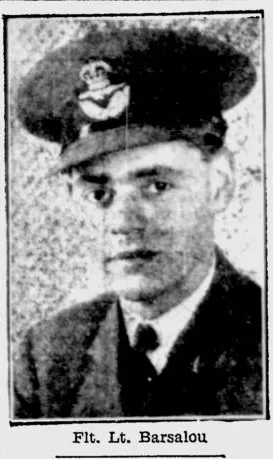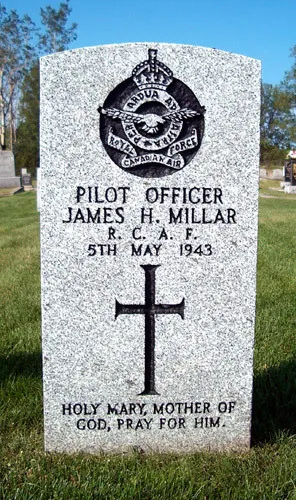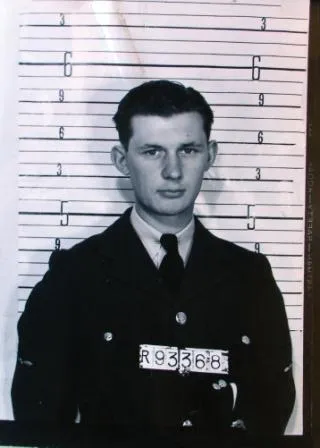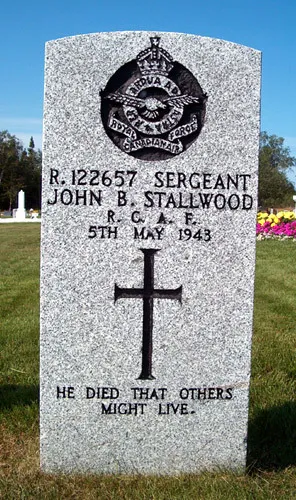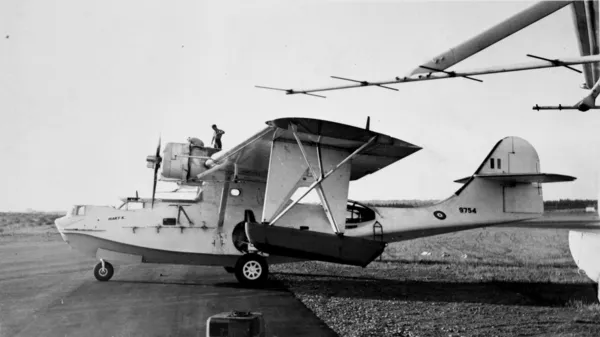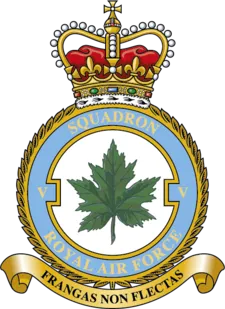Canso A-9807 was outward bound on an anti-sub patrol when it crashed in some bush shortly after take-off from Gander Newfoundland.
The aircraft was completely demolished by the crash and the subsequent explosion of fuel and depth charges.
Killed: F/Lt Jean Paul Barsalou RCAF J/number KIA Gander War Cemetery Plot 2. Row 5. Grave 2. F/Lt Brian Anthony Casey RCAF C/1061 KIA Gander War Cemetery Plot 2. Row 5. Grave 1. Flying Officer James Rayson Wallace Cleeland RCAF J/11797 KIA Gander War Cemetery Plot 1. Row 2. Grave 9. Pilot Officer James Herbert Millar RCAF J/20859 KIA Gander War Cemetery Plot 4. Row 5. Grave 4. Warrant Officer Class 2 Alexander Frederick Morrice RCAF R/93368 KIA Gander War Cemetery Plot 1. Row 4. Grave 26. Sergeant John Benjamin Stallwood RCAF R/122657 KIA Gander War Cemetery Plot 1. Row 4. Grave 25.



